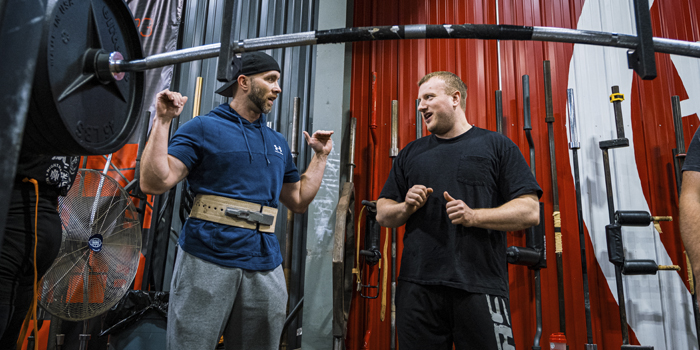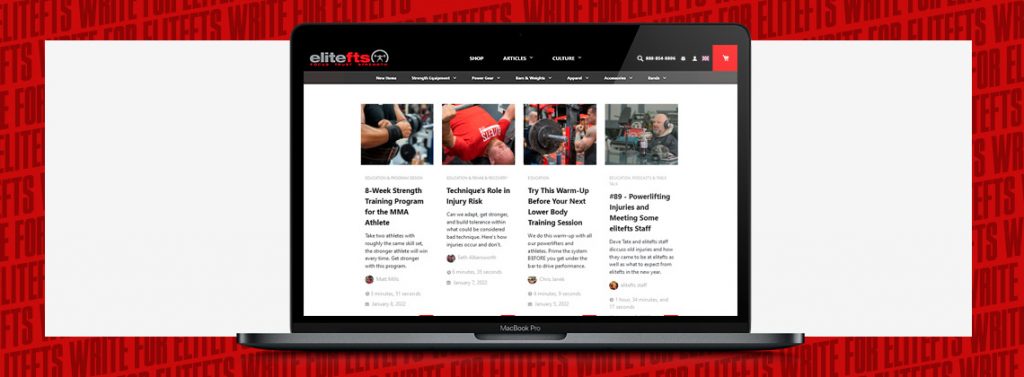
I recently read a book about something called "The One Percent Method," which came from the book Atomic Habits written by James Clear. This method is easy and genial. It is about improving every percent of what you are doing. I can relate this to training, especially over time.
Imagine if you could improve your sleep, your diet, your recovery, your exercise, your variety of exercises, and your technique with one percent each day. Do you think it would improve your results? I am sure it would.
Often, we aim for the big goals and try to make big improvements all the time. It is not that strange if you think about it. We are living in a society that moves fast as hell. Compare this to how your grandparents and the generation before lived. If you are hungry, you can get almost any dish you want within thirty minutes from a restaurant a few blocks away. If you wonder about something, you can Google it in seconds with your phone in your pocket. The older generations had to shop for every grocery (if they could even find them), make their food, and wash their plates by hand after they finished. They had to read books and search for information if they wanted to get the answers to any question.
Slow Down in Our Fast World
Since everything moves so fast nowadays, we assume our training results should go up as quickly as anything else, and if it does not, we switch programs or make other radical changes. But remember, strength training is like a marathon, not a sprint. It takes time. It should take time, and if you, instead of hunting for the big results in the short term, try to improve all that you do with only one percent every time you do something, the big results will come over time.
Also, results that take time to create also become more permanent. You do not lose them as quickly, even if you had an involuntary interruption in your training.
One Percent Each Day
If you become one percent better each day at something, you will be 37 times better in one year. That is a lot and worth aiming for. I think you will have fast progress in the first year with this method, but of course, it slows down after a while. It is easiest initially because it is easiest to see the big changes you can start with. Think of it like painting a house. It is easy to see the walls, and the biggest change will be to paint them, but then you have the ledge around the door and the windows. When you are done with the house, after a while, you will see that some parts of the painting must be redone. It might be some dirt on a ledge or something that takes down the overall impression of the house.
RECENT: What Kind of Lifter Are You?
It is the same with your training. If you are getting too used to your exercises, switching them can be your one percent change. Maybe you can improve your technique with the new exercises in the coming week. Maybe you notice that you are lacking in having a diet that matches your goals. Or maybe you change workplace or employer, which is also a change in your eating or sleeping habits. You need to look over everything all the time.
Also, choose things that stimulate your motivation. For the moment, when I am writing this text, I choose to listen to music that gets me motivated in my headphones so nothing can distract me. That can also be your one percent. After a while, you get bored with the soundtrack you are listening to, so switching the soundtrack can also be your new one percent. Anything that pushes you in the right direction will propel you forward, and that is the way you are going!
Final Thoughts
When I coach my athletes, especially my online clients, they send me videos of their main lifts, and I look for something to improve. There is always something to improve. If we do not need to improve the technique, the improvement can be to either switch exercises or add more weight, chains, bands, etc.
In one of my earlier articles, What Kind of Lifter Are You? I mention that there are four kinds of lifters. You can either be strong with good technique (switch exercise), or you can be weak with good technique (add chains or bands), you can be strong with bad technique (continue to fix your technique), or you can be weak with bad technique (five by five, for example, is a good way to go).
As Clint Eastwood said, "Adapt – Improvise – Overcome!"
Stefan Waltersson has been working as a personal trainer for 20 years. He is Westside Barbell certified as a special strength coach. He is also educated and trained by Professor Boris Sheiko. Stefan works as a lecturer and gym owner with 350 members. Previously, he worked as a nurse assistant in healthcare, with neurology as his main focus. You can find him on Instagram as @coach_waltersson. Check out his website.










